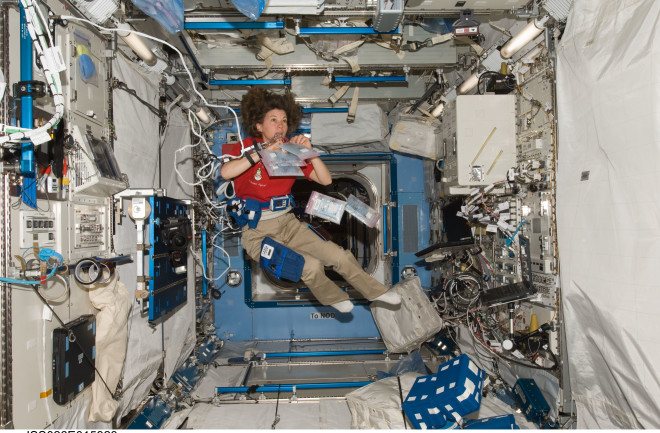At a time of social unrest and a still-unfolding global pandemic, NASA has delivered a welcome bit of purely positive news. Yesterday's launch of SpaceX's Crew Dragon capsule went off flawlessly, lofting astronauts Douglas Hurley and Robert Behnken to the International Space Station. For the first time since 2011, the U.S. is launching humans into space on its own. And for the first time ever, astronauts have traveled into space aboard a privately developed craft.
These developments carry special import to astronaut Catherine "Cady" Coleman. She has flown into space three times and supervised more than 100 experiments aboard the space station. Even more to the point, she was the lead astronaut overseeing the first commercial supply ships to the station; before retiring from NASA in 2016, she continued to develop public-private partnerships for the agency's office of the chief technologist. She was an early advocate of expanding the role of private companies within NASA, and the Crew Dragon launch is the most dramatic example yet of the success of those efforts.
Not that Coleman is one to brag. Like most astronauts I've spoken to, she is meticulous about framing her role within a grand, collaborative effort. Still, she was also undeniably thrilled about this latest launch. I spoke with Coleman about Crew Dragon and about where public-private space efforts could take us. A lightly edited transcript of our conversation follows.
Beyond the obvious significance of the launch of astronauts from the U.S. after such a long gap, what does this Crew Dragon launch mean to you?


